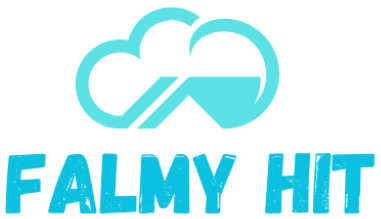Key Takeaways
- Implementing writing in every subject fosters stronger comprehension and critical thinking skills.
- Classroom strategies, ranging from reflective writing to creative group projects, offer diverse pathways to learning.
- Cross-curricular writing creates opportunities for collaboration, deeper engagement, and improved literacy.
Writing’s Role in Every Classroom
In contemporary education, writing has become an essential tool for learning far beyond the walls of language arts classrooms. Increasingly, teachers and school leaders are noticing that integrating writing activities throughout all subject areas unlocks new avenues for students to process, internalize, and articulate complex concepts. Whether jotting down observations during a science experiment or drafting a response to a historical dilemma, students are given the tools to shape their understanding and make learning meaningful. As more districts and educators look to read the complete details about integrative writing strategies and their positive outcomes, it becomes increasingly clear that writing is a universal key to deeper learning.
Writing compels students to slow down and examine their thinking, regardless of discipline. When learners explain a mathematical equation or describe the sequence of historical events using their own words, they will likely retain the material for longer. This shift from passive note-taking to active engagement sharpens cognitive skills and signals to students that their voices and ideas matter, creating a vibrant culture of participation and analysis across subjects.
Why Integrate Writing Beyond Language Arts?
Both classroom experience and educational research support the value of writing in non-language subjects. Assigning writing tasks in math, science, and social studies classes builds a student’s capacity to think critically, synthesize information, and communicate findings. For example, expressing a scientific hypothesis in writing or summarizing the impact of a historic treaty requires deeper comprehension than rote memorization alone. Moreover, these exercises encourage students to connect disciplines, so the knowledge they gain becomes flexible and valuable in various academic and real-world contexts.
Teachers note that when students consistently write, they start to see the relationships between facts and ideas. This not only reinforces learning in the moment but also lays a foundation for long-term success, such as improved standardized test scores and advanced problem-solving abilities. By broadening writing beyond just essays and reports, it can become a versatile framework for all kinds of critical thinking and creativity, from lab notebooks to art critiques.
Effective Strategies for Writing Integration
Quick Writes and Reflections
One proven method for bringing writing into any lesson is “quick writes.” These informal exercises allow students to capture their thoughts on a topic without fear of being judged on grammar or style. For example, a chemistry teacher might ask students to briefly outline the steps of a reaction, while a geography instructor could prompt students to reflect on the human effects of climate change. Over time, these small writing moments train students to organize their thoughts, identify understanding gaps, and gain self-confidence in self-expression.
Structured Note-Taking and Summarization
Encouraging students to create structured notes or concise summaries after a lesson cultivates organizational skills and reinforces comprehension. Summarizing a reading assignment in their own words requires higher-order thinking and synthesizes multiple pieces of information into an understandable whole. This can be enhanced with visuals—concept maps, graphic organizers, or illustrated timelines—that add another layer of understanding, especially for visual learners. In mathematics, asking students to write about the reasoning behind their solutions or relate math concepts to real-life situations strengthens conceptual mastery and makes learning more relevant.
Writing for Deeper Understanding in Science and Social Studies
Creative writing assignments have a unique power to connect facts to emotions. For instance, a science class might write journal entries from the perspective of a water droplet moving through the water cycle. In contrast, a social studies class could draft persuasive essays about a contemporary policy issue. These activities require students to put themselves in someone else’s shoes or argue from a different perspective, which fosters empathy and deepens subject knowledge far beyond memorization of dates and definitions.
Collaborative Writing and Peer Feedback
Writing is often considered a solitary activity, but collaborative writing shows students that communication is a shared experience. Learners who work together on stories, blog posts, or research projects learn how to combine their strengths and offer meaningful feedback. Structured peer review develops writing skills and social-emotional intelligence, teaching students to listen, revise, and appreciate a range of perspectives. Technology tools such as shared online documents or discussion forums make collaboration more accessible, promoting digital literacy and a sense of classroom community.
Read More : The Fascinating Phenomenon of Liisbettsis Runnak

